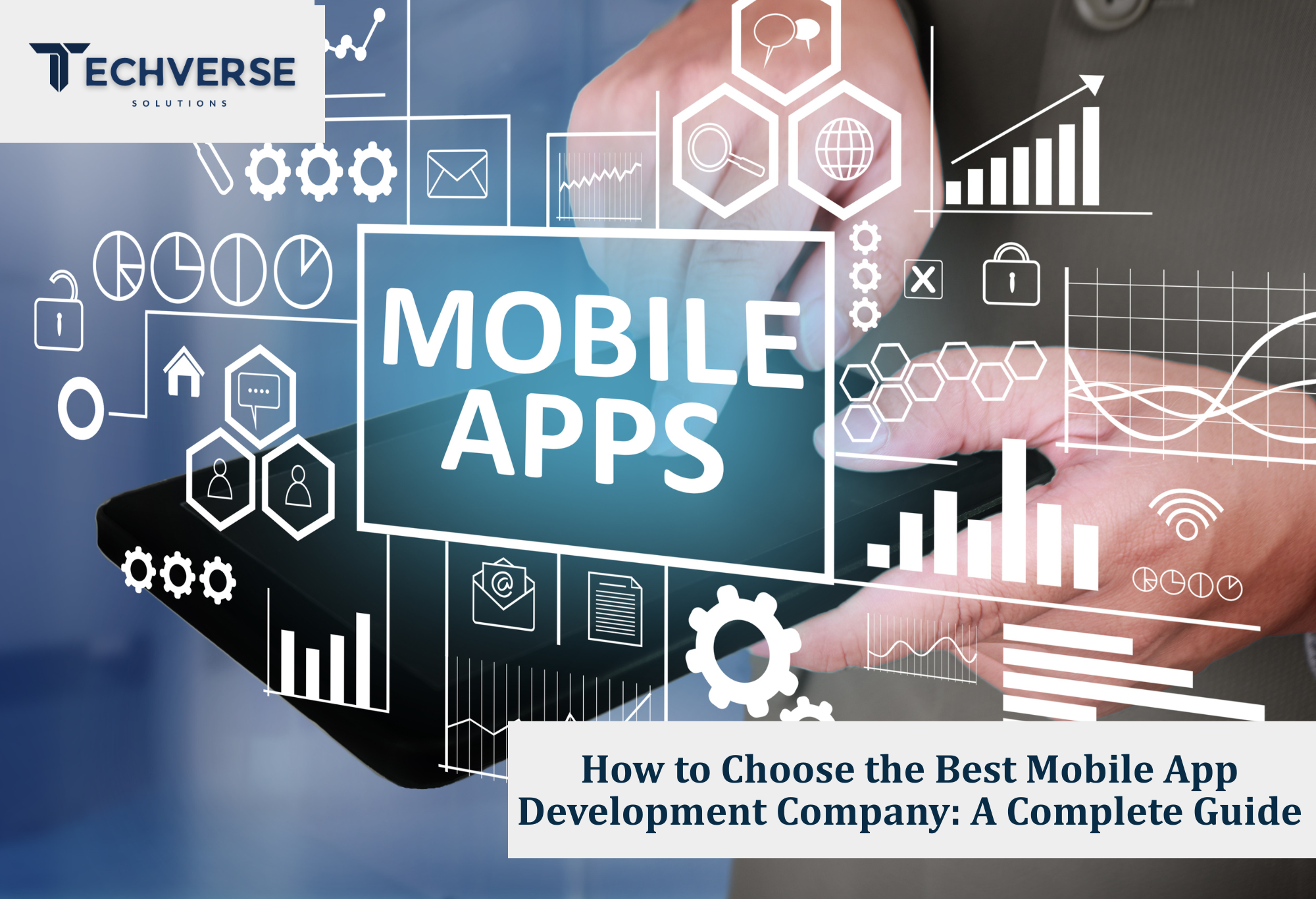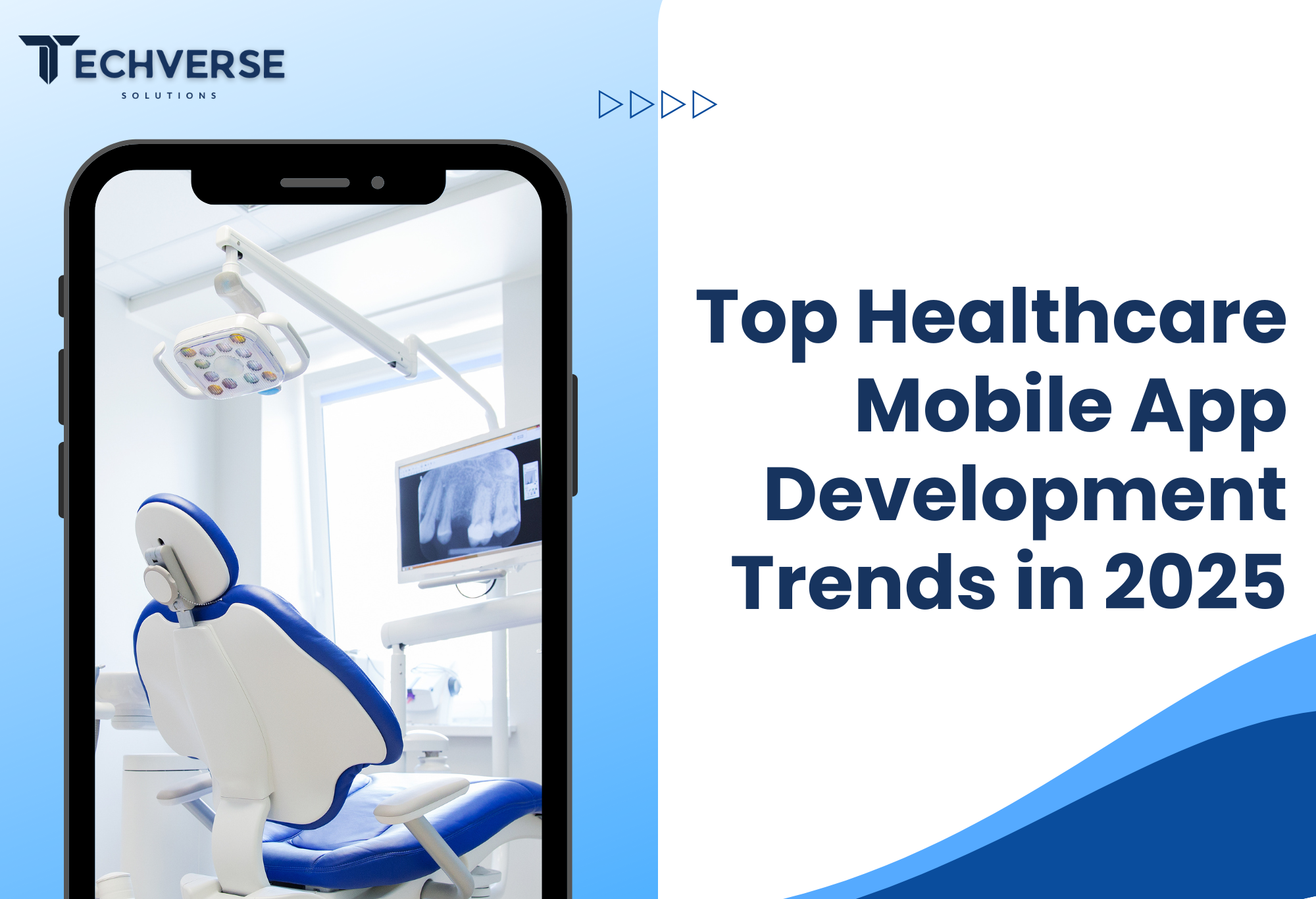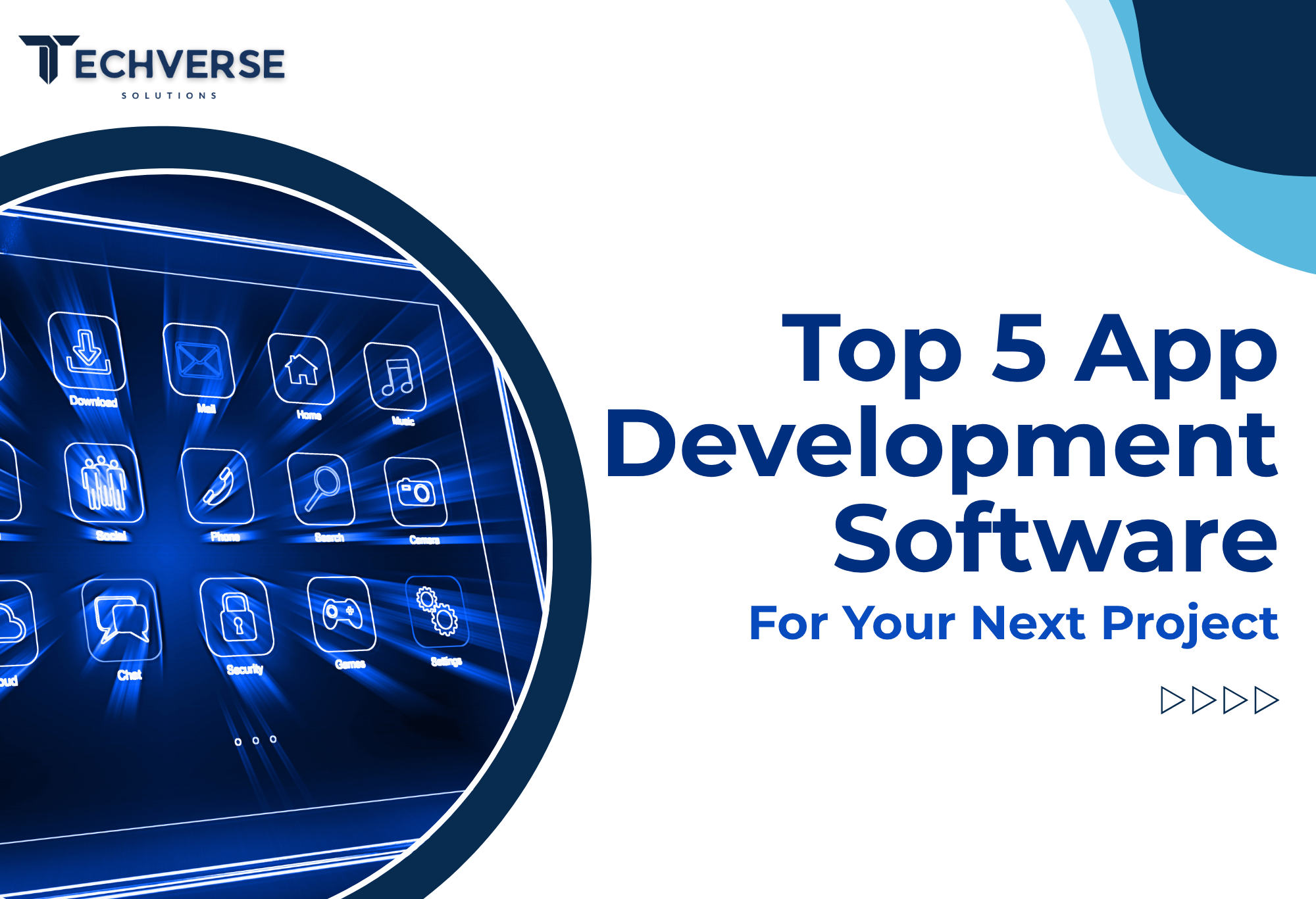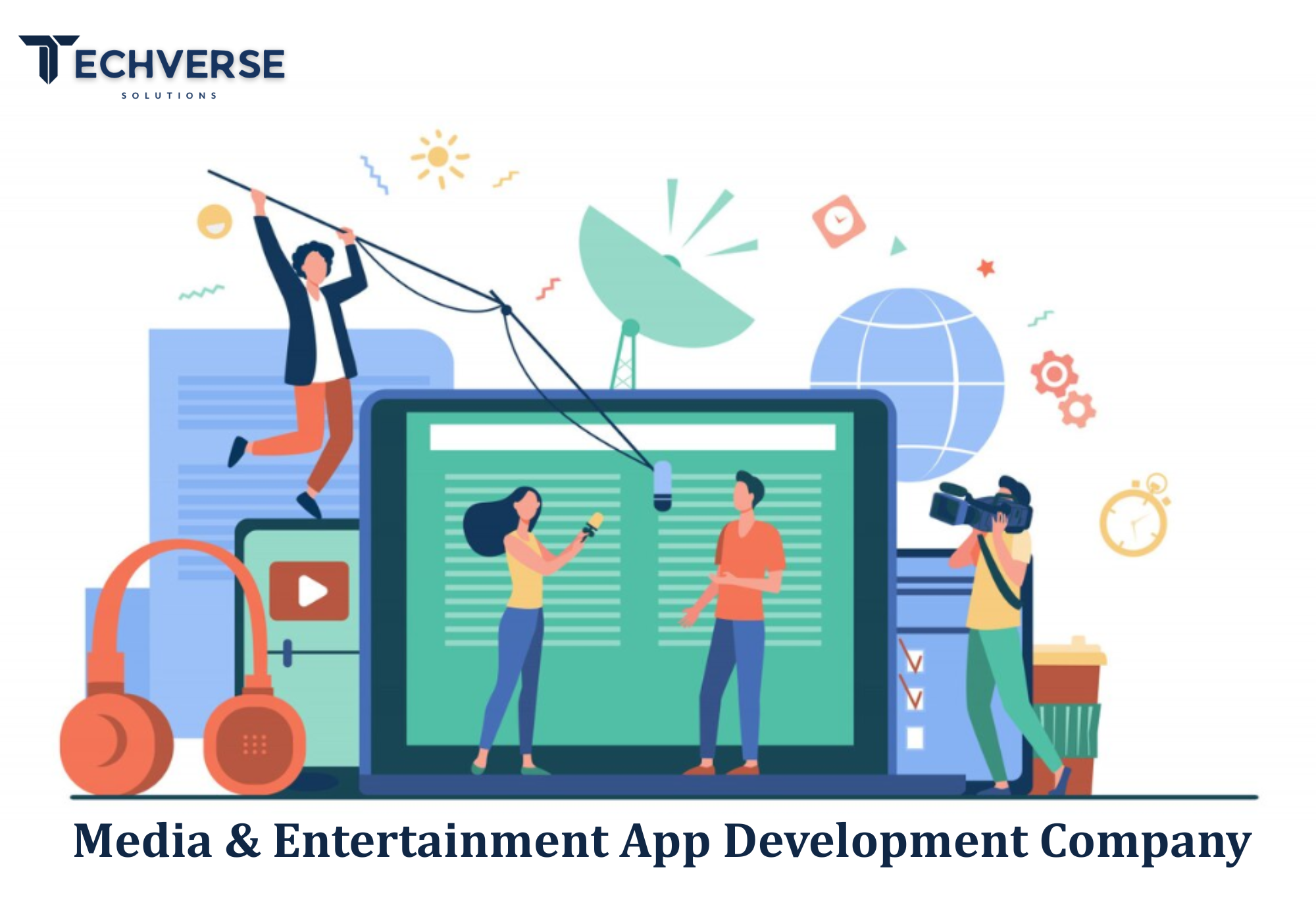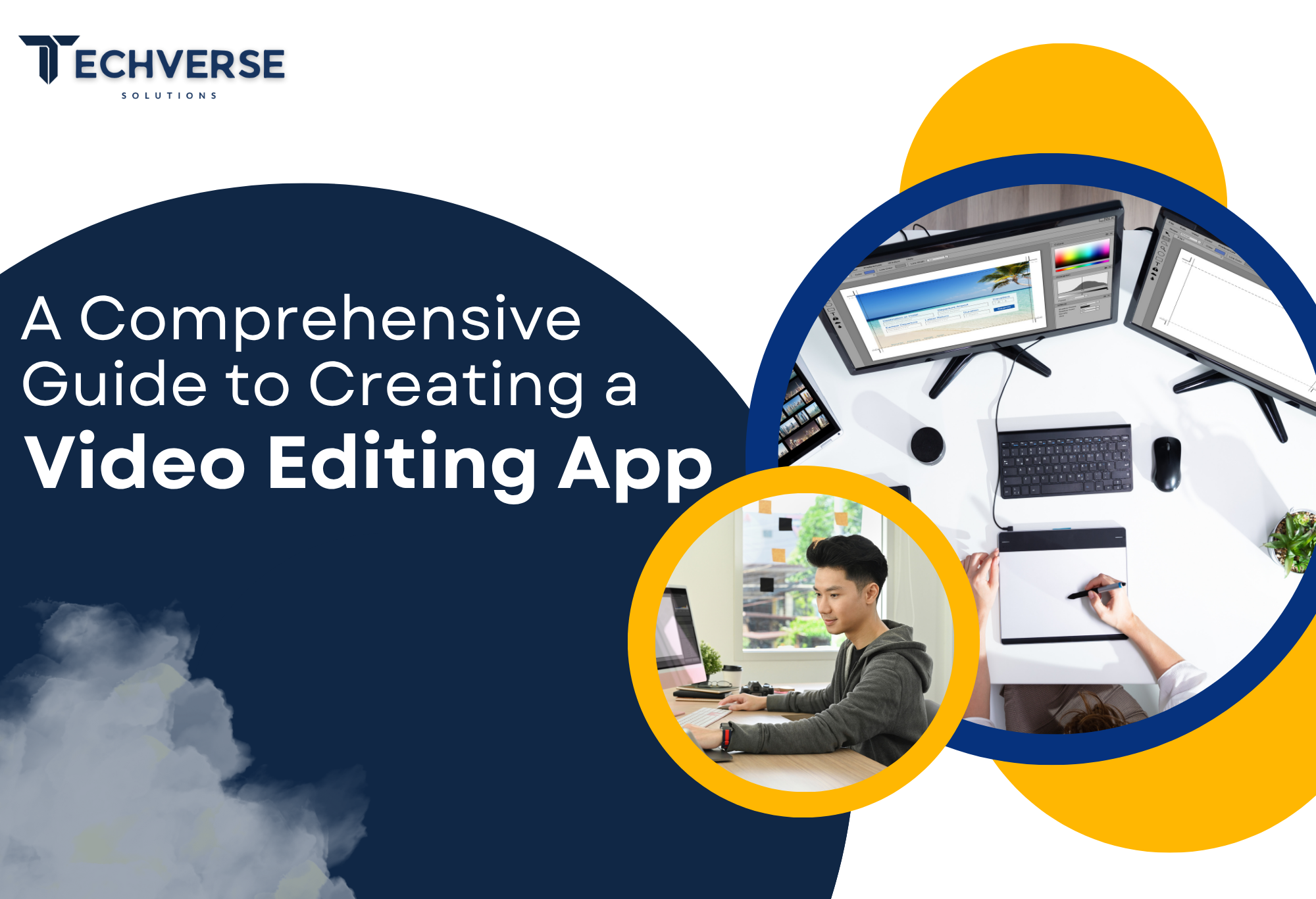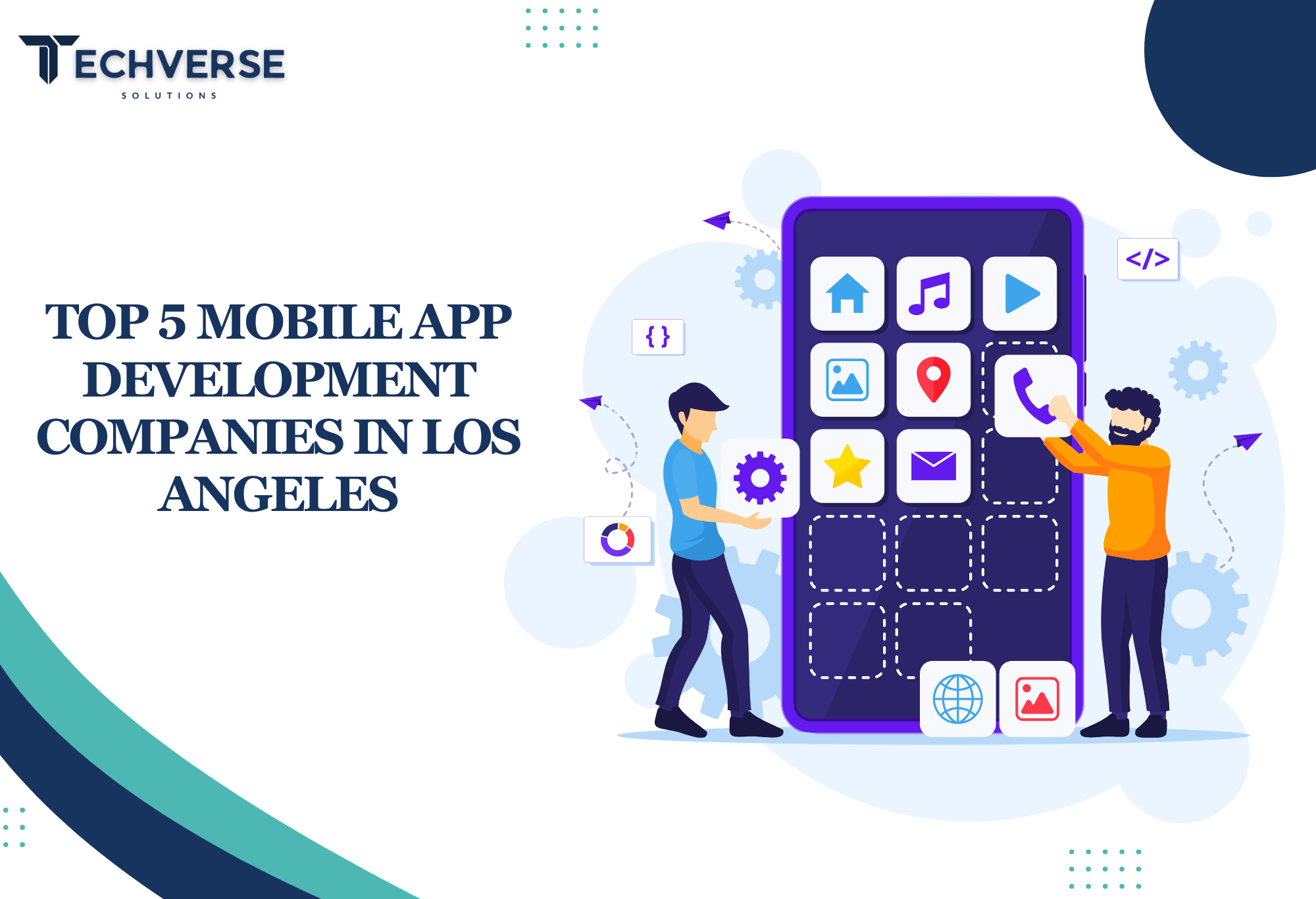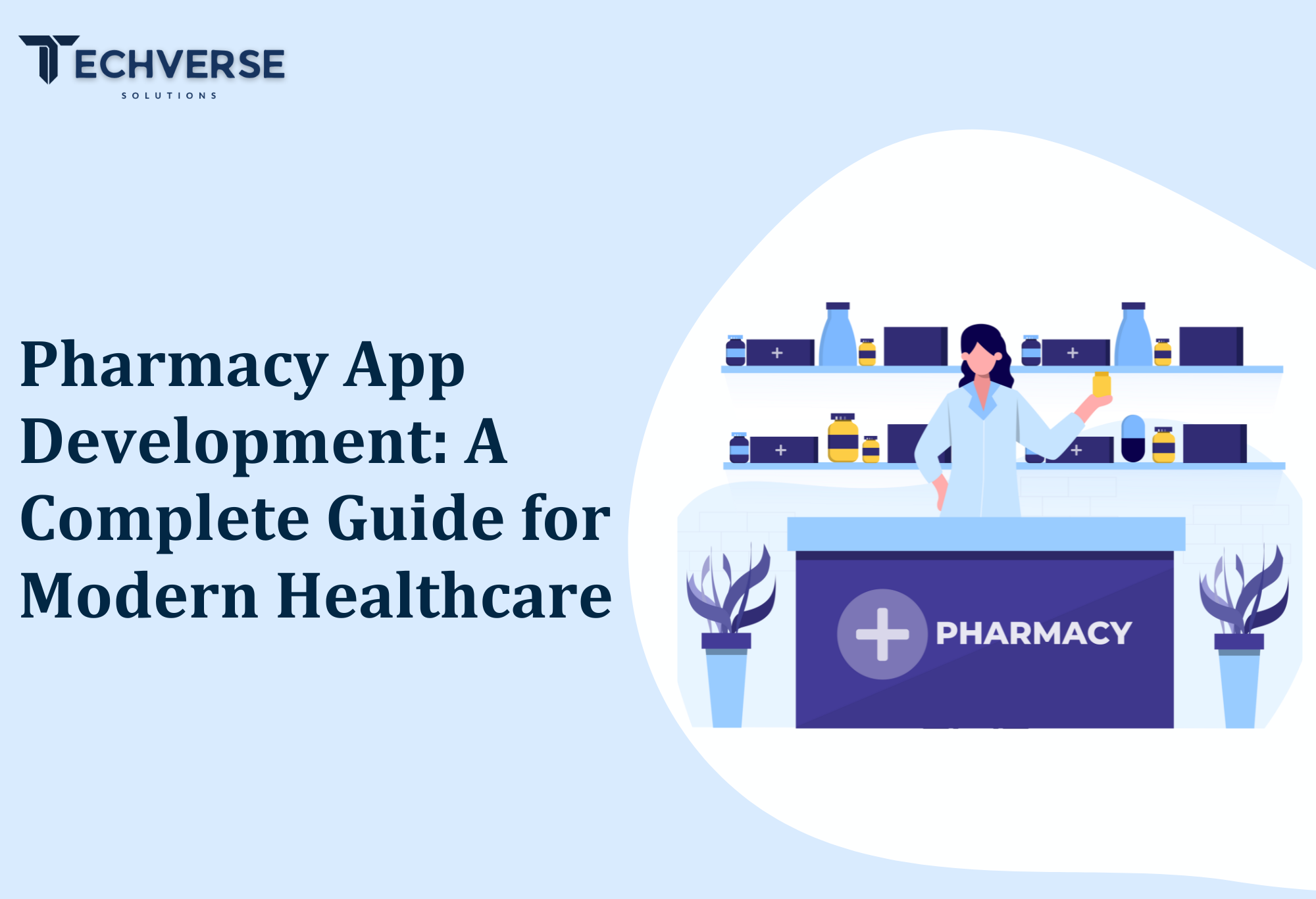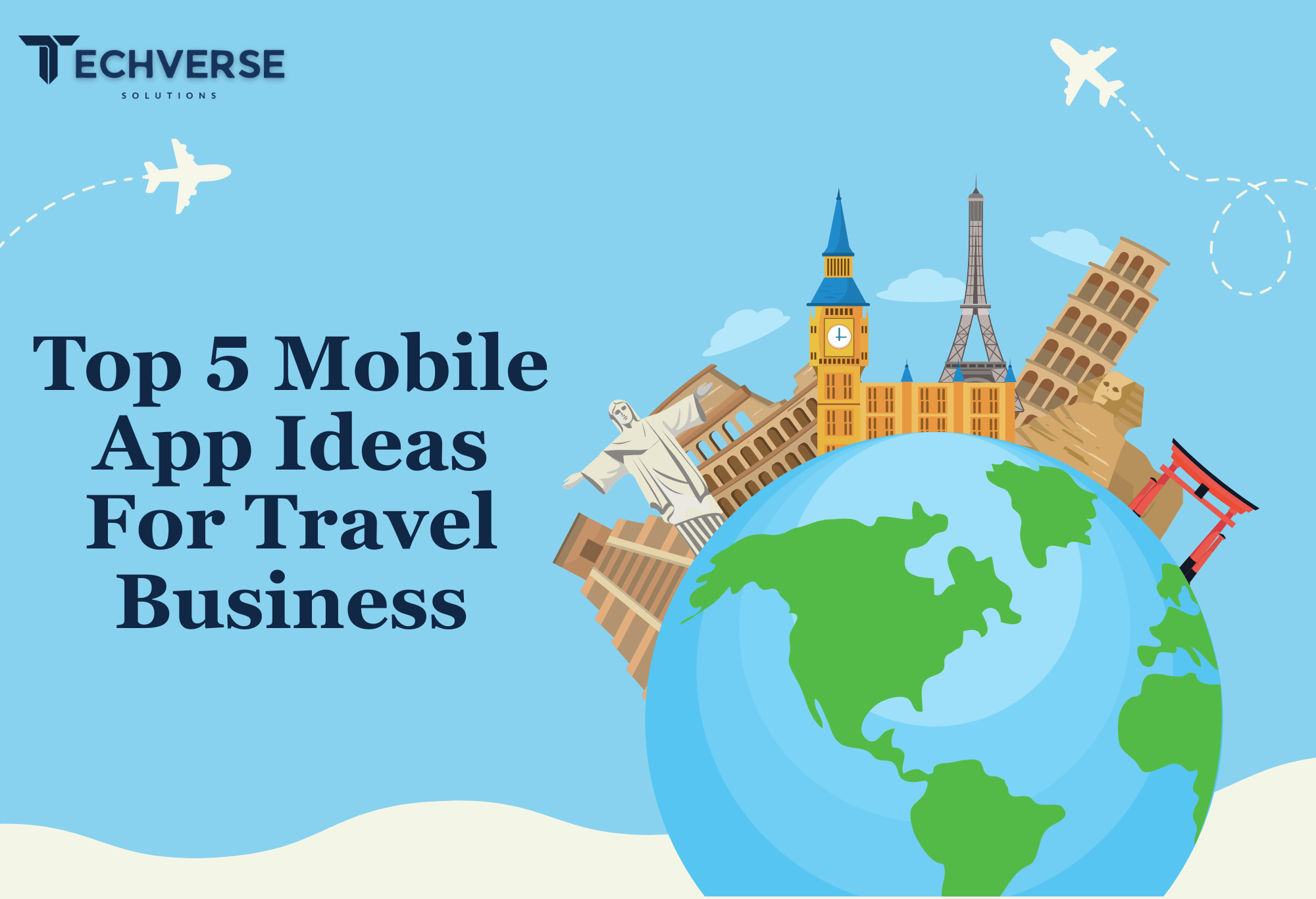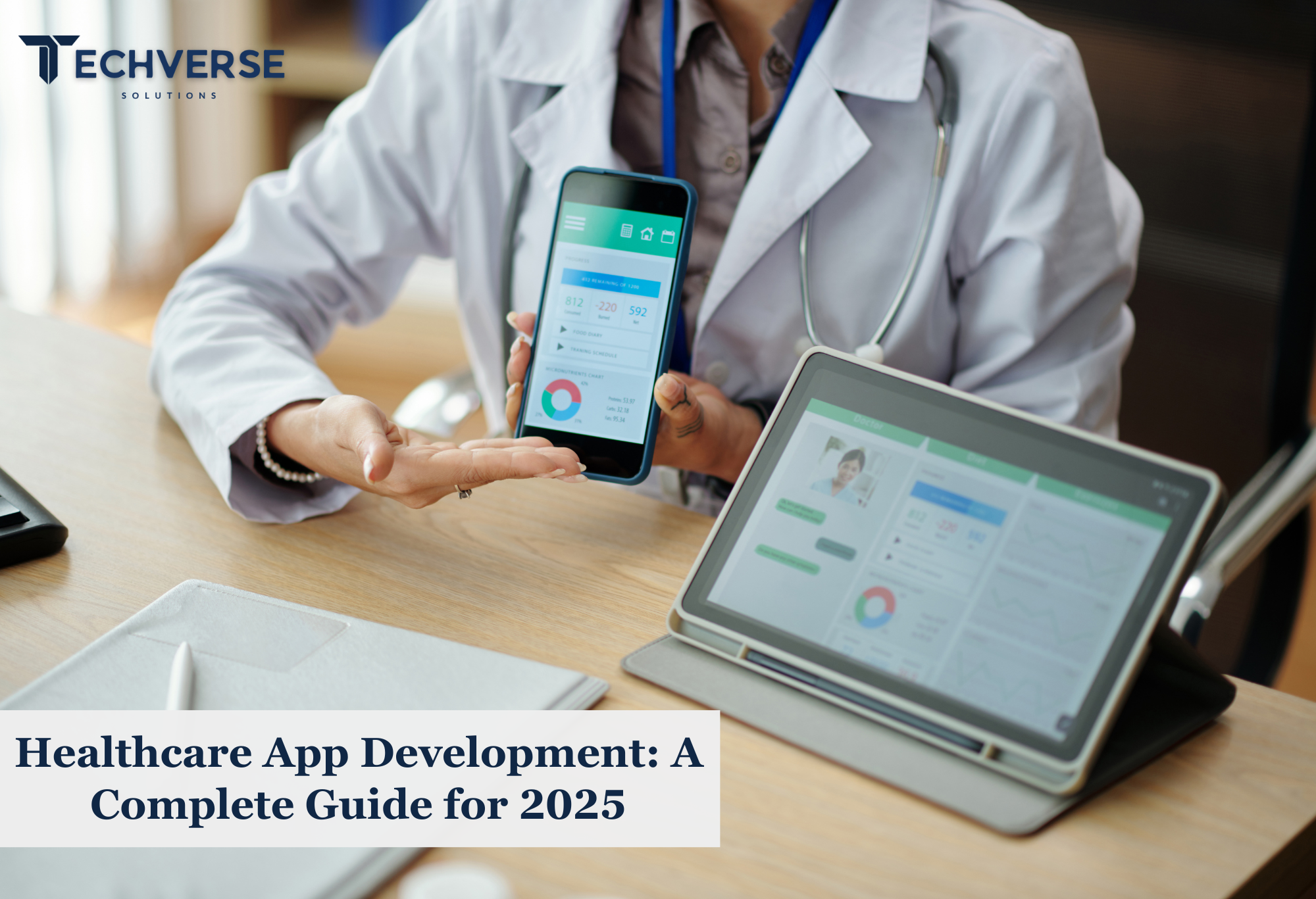Mobile App Development
Key Differences Between Android and iOS App Development
Vandana
|Sep 12, 2025
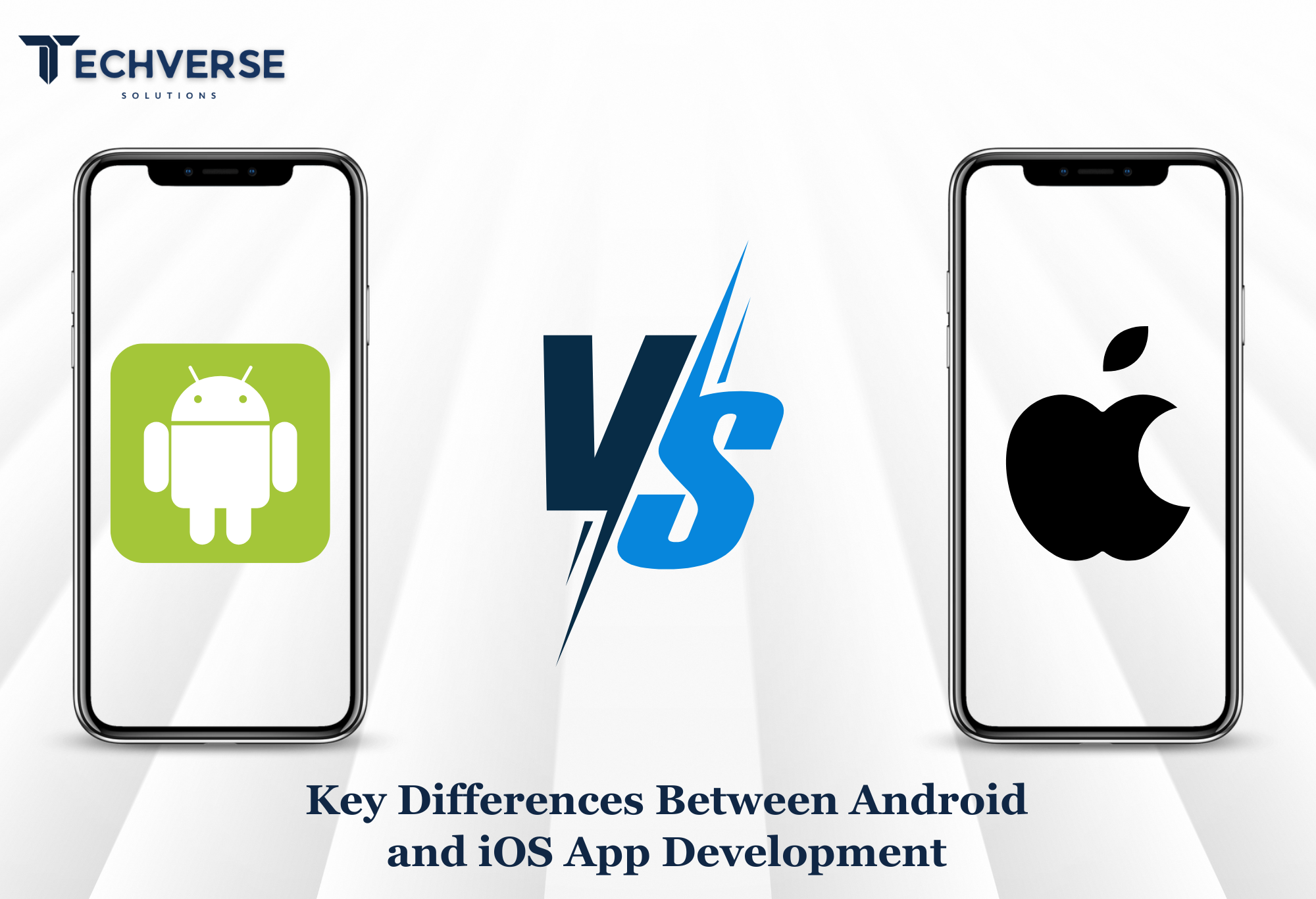
When it comes to building mobile applications, the two most dominant platforms are Android App Development and iOS App Development. Businesses often find themselves at a crossroads—should they launch their app on Android first, iOS first, or both simultaneously? While both platforms share the same goal—delivering seamless mobile experiences—the development processes, tools, design guidelines, and monetization strategies differ significantly. Understanding these differences is crucial for any business or entrepreneur who wants to hire the right App Development Company and ensure their app’s success in the market.
In this blog, we’ll cover the main differences between Android and iOS development, highlight their key features, and explain why choosing a trusted company like Techverse Solutions, a leading app development company in Los Angeles, matters.
1. Programming Languages
A key difference between Android and iOS is the language used to build apps.
Android App Development primarily uses Java and Kotlin. Kotlin, in particular, has become the preferred language due to its concise syntax and compatibility with modern development needs.
iOS App Development uses Swift and occasionally Objective-C. Swift is known for its clean, easy-to-read syntax and is designed to be fast, secure, and less error-prone.
The programming language you choose affects how easy it is to learn, how fast you can build, and how well the app runs.
2. Development Environment
Android developers use Android Studio, an integrated development environment (IDE) powered by Google. It offers powerful debugging, emulation, and testing tools, making it easier to handle large-scale projects.
iOS developers rely on Xcode, Apple’s official IDE. Xcode works well with Apple services and makes it easy to build apps for iPhone, iPad, and Apple Watch.
Both platforms have robust development environments, but the choice depends on which ecosystem you’re targeting.
3. Design and User Interface Guidelines
Android and iOS follow very different design approaches.
Android App Development follows Google’s Material Design guidelines. Material Design focuses on depth, shadows, and bold colors to create a layered, interactive look.
iOS App Development follows Apple’s design rules called Human Interface Guidelines (HIG). iOS designs are minimal, flat, and emphasize clarity, depth, and seamless navigation.
Businesses often find that apps developed for both platforms look slightly different because of these design guidelines. Users on each platform are accustomed to their respective design systems, so sticking to these rules ensures better usability and user satisfaction.
4. Device Fragmentation
Android has a vast range of devices, from low-cost smartphones to premium flagships, each with varying screen sizes, resolutions, and hardware capabilities. This fragmentation makes testing and optimization more challenging but also provides access to a larger audience worldwide.
iOS, on the other hand, has limited device variations. Since Apple only produces a handful of devices each year, developers can focus on fewer screen sizes and configurations, making testing simpler and more efficient.
For businesses, this means developing for Android can take more time and resources, while iOS development is generally faster but limited to Apple’s ecosystem.
5. Market Reach and Audience
Android App Development is more popular worldwide, especially in Asia, Africa, and South America because Android phones are affordable. If you want a wide audience, choose Android.
iOS App Development is more prevalent in regions like North America, Western Europe, and parts of Australia. iOS users typically have higher purchasing power, making it an attractive platform for apps focused on premium services, subscriptions, or in-app purchases.
Where your audience lives and how they behave should guide which platform you choose.
6. Development Cost and Time
Android apps often take longer to develop due to device fragmentation and additional testing requirements. The costs may also be slightly higher if the app needs to be optimized for multiple devices and screen resolutions.
iOS apps are faster to build and test, which makes them cheaper to develop. However, the Apple Developer Program requires an annual subscription fee of $99, while Google Play charges a one-time registration fee of $25.
7. Monetization Strategies
Android App Development tends to generate more revenue through ad-based models since Android users are more inclined toward free apps.
iOS App Development usually earns more money from paid apps, subscriptions, and in-app purchases because Apple users are more willing to spend.
If monetization is a top priority, iOS apps typically outperform Android in terms of revenue per user.
8. App Store Approval Process
Google Play Store approval is relatively quick and automated, allowing apps to go live within hours. However, this leniency sometimes results in lower-quality apps slipping through.
The Apple App Store has a strict review process, which can take days. Apple thoroughly checks for quality, security, and compliance with its guidelines. While this process may delay launches, it ensures better app quality and user trust.
Why Partner with the Right App Development Company?
The right app development company leads to success. Whether for Android or iOS App Development, a skilled team ensures your app is fast, user-friendly, and tailored to your brand. In Los Angeles, Techverse Solutions stands out as one of the best app development companies, delivering custom apps that boost engagement and business growth.
Conclusion
Both Android App Development and iOS App Development come with unique challenges and opportunities. Android offers massive reach but requires more time and resources, while iOS offers a premium user base with faster development cycles. It all comes down to your audience, budget, and future plans.
By partnering with an experienced App Development Company like Techverse Solutions, you can navigate these differences effectively and build apps that succeed in today’s competitive digital landscape. Whether your priority is reach, revenue, or brand loyalty, investing in professional Android and iOS App Development ensures you stay ahead of the curve.
